Can Bentley crack the EV market?
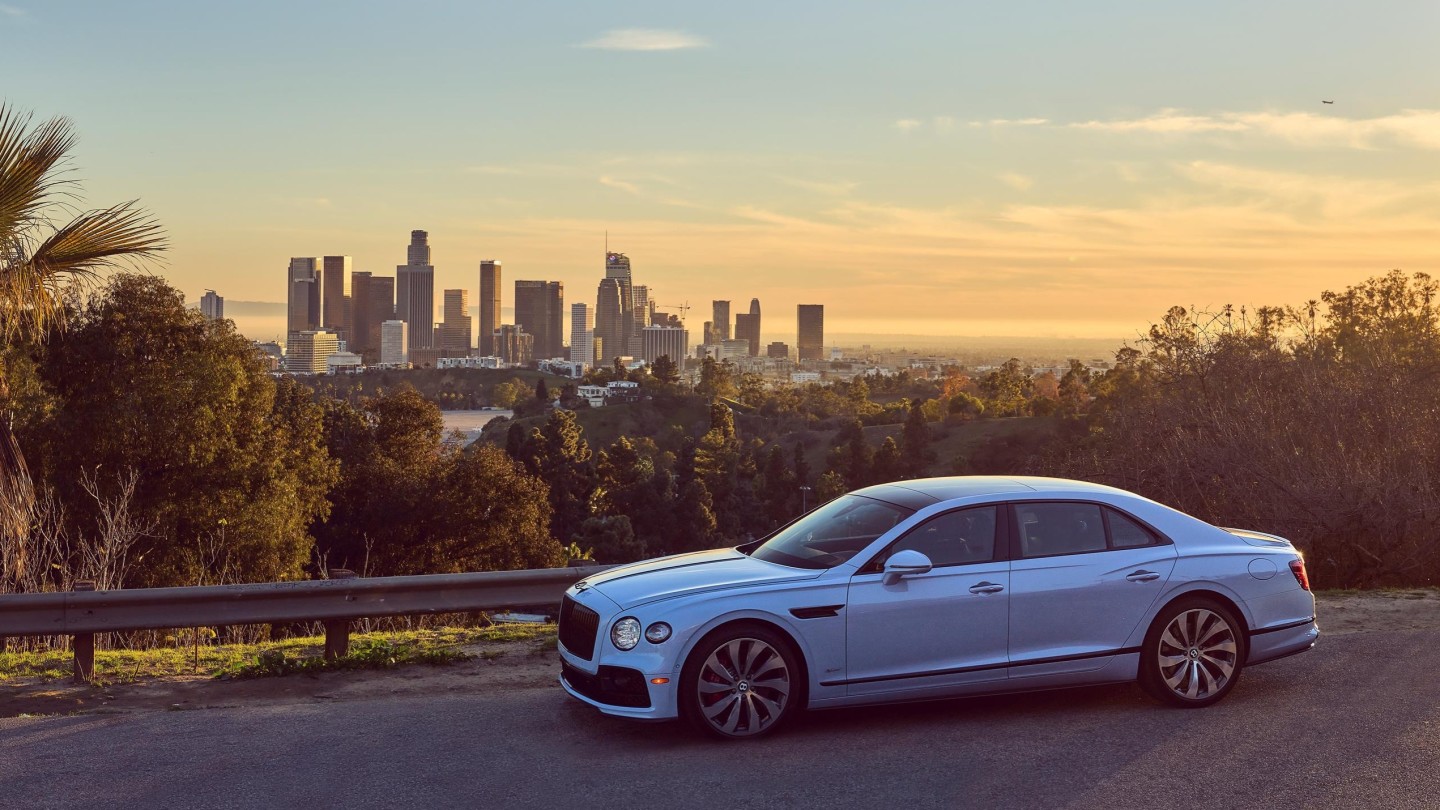
Roula Khalaf, Editor of the FT, selects her favourite stories in this weekly newsletter.
When Bentley took its first step into the electrified vehicle market in 2019, with the launch of the Bentayga Hybrid SUV, it was a little late to the non-combustion engine party. But having turned up, it has loudly signalled its intention to stay. “By 2030, the whole portfolio will be electric – no more combustion cars,” insists Peter Bosch, member of the board for manufacturing. Figures from 2021 show an unprecedented demand for Bentley’s hybrid electric offering, a trend that has played out across the wider EV market, with more battery-electric vehicles hitting the UK’s roads last year than in the previous five put together. According to the Society of Motor Manufacturers and Traders, 18.5 per cent of all new cars registered in 2021 are either hybrid plug-in or fully electric; meanwhile Ford, VW (which also owns Bentley), Mercedes Benz and Toyota have all committed their futures to electric.
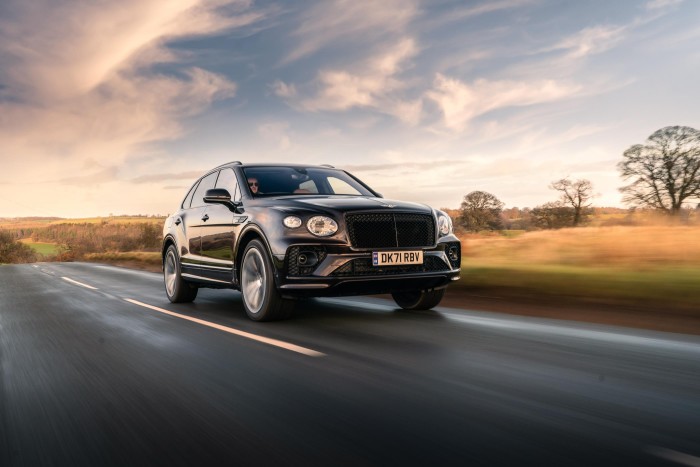
This month sees the important next step in Bentley’s journey towards full electrification in the shape of the Flying Spur Hybrid saloon, which I put through its paces at its launch in LA. Edging out through Beverly Hills is an eerie experience: in a city powered by bravado, glitz and glamour, silence is an unconventional currency. While the bronzed Beverly Hills residents blast up and down Rodeo Drive in Lamborghinis and Ferraris, designed to draw attention, the new Spur whispers and wafts. With a lack of any engine vibration or noise in the cabin, the electrified Spur is a soothing place to sit – whether you’re behind the wheel or stretching out in the back. Only the sound of the fan or the gentle wheeze of the massage seats breaks the silence at low speeds.
Once out on the back roads towards Santa Barbara, the Spur’s e-motor (134bhp and an expected 25-mile electric-only range) is aided by the three-litre, twin-turbocharged V6 petrol engine, which combine to produce 536bhp and give the Spur an expected range of up to 450 miles. Running the car in EV mode requires featherweight footwork – anything more and the V6 kicks in and takes over acceleration duties, helping it along to its top speed of 177mph. Under heavy acceleration, the silence is quickly broken by the sound of the V6 revving hard to propel the 2.5-tonne car along at pace. For those familiar with the W12 and V8-engined Spurs, the V6 sounds strained compared with the mighty surge delivered from the more substantial combustion engines but it’s far from sluggish. Hitting 60mph from standstill takes 4.1s, a fraction slower than its W12 and V8 counterparts.
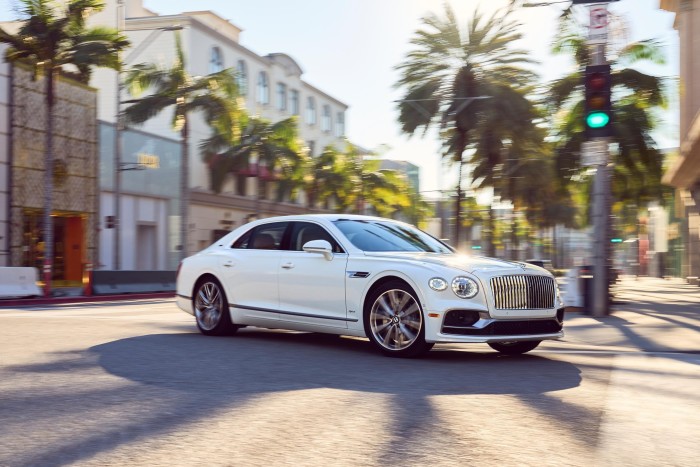
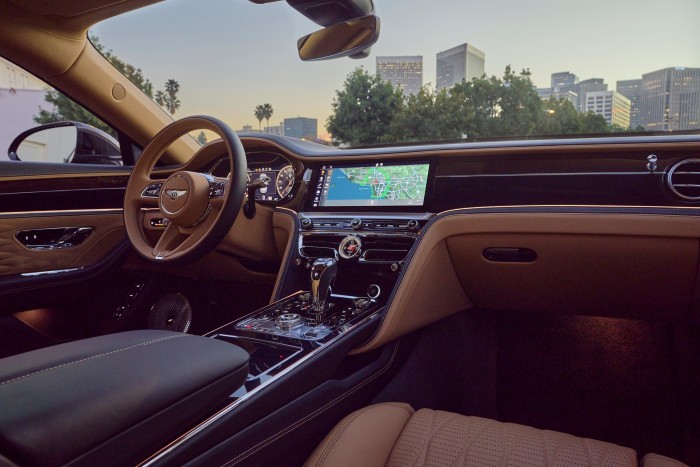
For onlookers, only the hybrid badge behind the front wheels and the double filler cap reveal the car’s alternative power plant. Inside, the Spur’s interior remains unchanged with its novel rotating instrument binnacle, open-pore wood, quilted leather and cosseting seats reassuringly still present, depending on what you pick from the sizeable options list. Prices are expected to start from around £180,000, but can rise rapidly with a few additional extras.
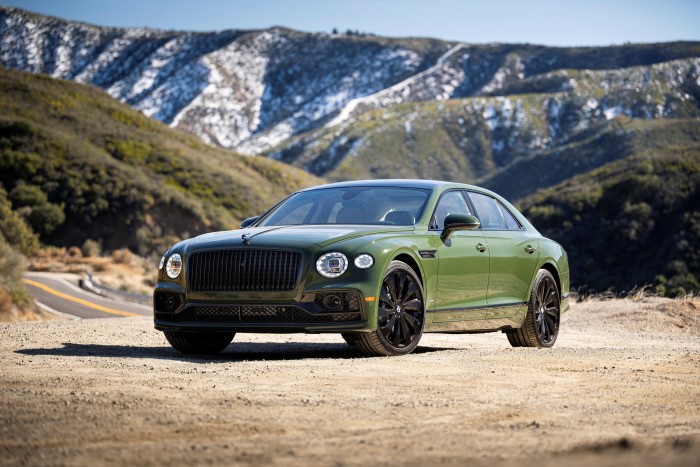
Bentley says its first full EV is due in 2025; meantime this twinning of electric power and automotive opulence serves as a tantalising taster of what’s to come.
Comments